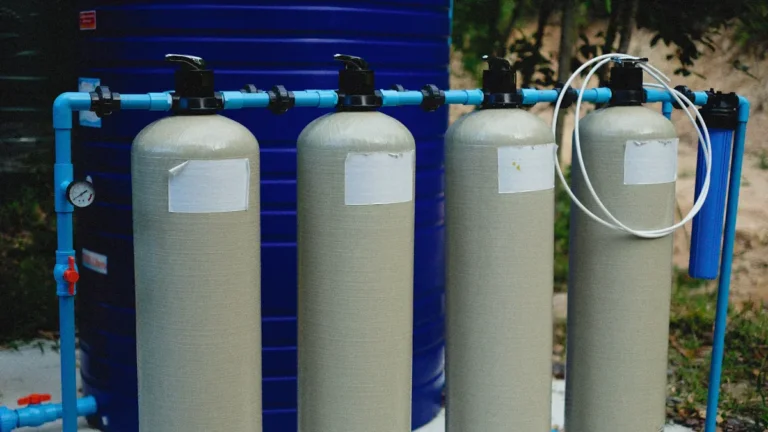wastewater treatment activated carbon
.webp)
Buy Wastwater Treatment Activated Carbon
Industry Challenges
Microbial Regrowth & Water Quality Reversal
- Adsorbed organic pollutants promote bacterial growth in carbon pores, decomposing organics into nitrites/nitrates and causing secondary contamination instead of purification.
Inefficient Regeneration in Cold Climates
- Biological regeneration (e.g., BAC) fails in low-temperature regions, while traditional thermal/chemical regeneration is energy-intensive and disrupts operations.
Bromate Formation Risk
- Ozone-based regeneration in bromide-containing water generates carcinogenic bromate byproducts, requiring segregated wastewater discharge to avoid drinking water contamination.
Operational Optimization in Hybrid Systems
- Synergy with surfactants for sludge dewatering demands precise dosing sequences; incorrect ordering reduces efficiency significantly. In membrane systems (e.g., UF/PAC), excessive PAC accelerates fouling, necessitating strict load control.
Ambiguous Failure Criteria
- Reliance on adsorption indices (e.g., iodine value) poorly correlates with real-world pollutant removal, complicating timely carbon replacement/regeneration decisions.
related types of activated carbon
-r8fslg51nt6wgjtvh6yldxb1gtkgm3lpe0oq1akgog.webp)
- Iodine Value: 600-1200
- Mesh Size: 1×4/4×8/8×16/8×30/12×40/20×40/20×50/30×60/40×70 (More size on request)
- Apparent Density: 400-700
-r8fsli0q1h9h3rr567ruiwtynlb71ht629zozuhoc0.webp)
- Iodine Value: 500-1300
- Mesh Size:0.9-1mm/1.5-2mm/3-4mm/6mm/8mm(More size on request)
- Apparent Density: 450-600
-r8fslbfupn0gui0p8mxgjghqhw7mjm31pdfamwrfjk.webp)
- Iodine Value: 500-1300
- Mesh Size: 150/200/300/350 (More size on request)
- Apparent Density: 450 – 550
-r8fsle9da54btbwls65c8xs4a1tq6pe8prdr2qn90w.webp)
- Iodine Value: 400-800
- Mesh Size: 100×100×100mm/100×100×50mm (Custom cell density on request)
- Apparent Density: 350-450
- Bore Diameter:1.5-8mm

- Iodine Value: 700-1200 mg/g
- Surface Area: 700-1200 m²/g
- Apparent Density: 320-550 kg/m³

- Iodine Value: 700-1200 mg/g
- Surface Area: 700-1200 m²/g
- Apparent Density: 320-550 kg/m³

- Iodine Value: 700-1200 mg/g
- Surface Area: 700-1200 m²/g
- Apparent Density: 300-650 kg/m³
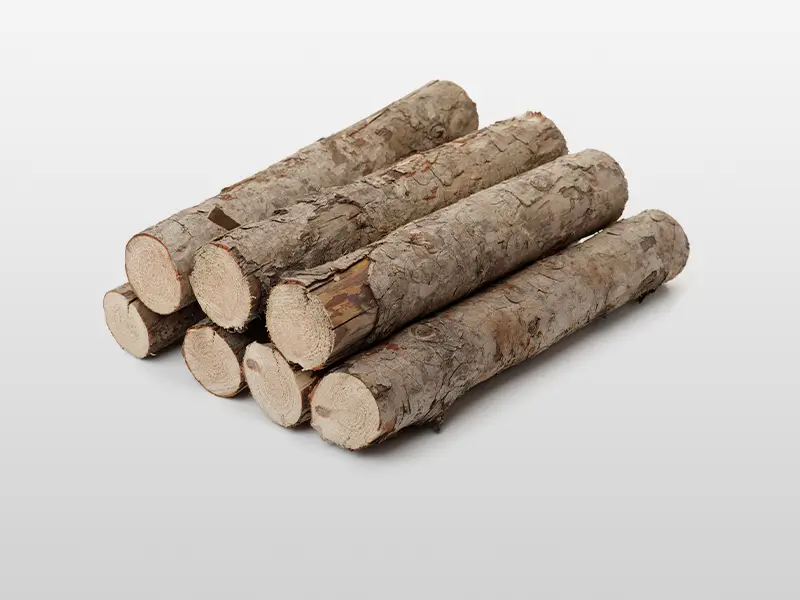
- Iodine Value: 700-1200 mg/g
- Surface Area: 700-1200 m²/g
- Apparent Density: 320-550 kg/m³

- Activation Method: Steam/gas activation at high temperatures
- Pore Structure: Microporous-dominated, uniform pore distribution
- Environmental Profile: Chemical-free, low ash content
- Primary Applications: Gas-phase adsorption, drinking water purification

- Activation Method: Chemical activation (e.g., H₃PO₄/ZnCl₂) at moderate temperatures
- Pore Structure: Mesoporous-rich, higher surface area
- Process Efficiency: Shorter activation time, 30-50% higher yield
- Post-Treatment: Acid-washing required to remove residues

- Functionalization: Loaded with active agents (e.g., I₂/Ag/KOH)
- Targeted Adsorption: Enhanced capture of specific pollutants (e.g., Hg⁰/H₂S/acid gases)
- Customization: Chemically optimized for target contaminants
- Core Applications: Industrial gas treatment, CBRN protection
Why Use Our Activated Carbon

Superior Adsorption Performance
Engineered pore structure targets diverse contaminants including micropollutants, heavy metals, and organic compounds for comprehensive water purification.

Enhanced Process Compatibility
Optimized particle size distribution ensures seamless integration with biological systems, membrane technologies, and tertiary treatment processes.

Sustainable Material Lifecycle
Bio-based sourcing and regenerable design minimize waste generation while maintaining consistent adsorption capacity across usage cycles.

Technical Support Ecosystem
Dedicated application specialists provide contaminant-specific solutions and operational guidance for complex wastewater matrices.
Process and Technolog
1. Biological Treatment Enhancement (PACT Process)
Solution Overview
Powdered Activated Carbon (PAC) is directly dosed into aeration tanks of biological reactors (e.g., activated sludge systems), combining adsorption with microbial degradation to treat recalcitrant organic pollutants.
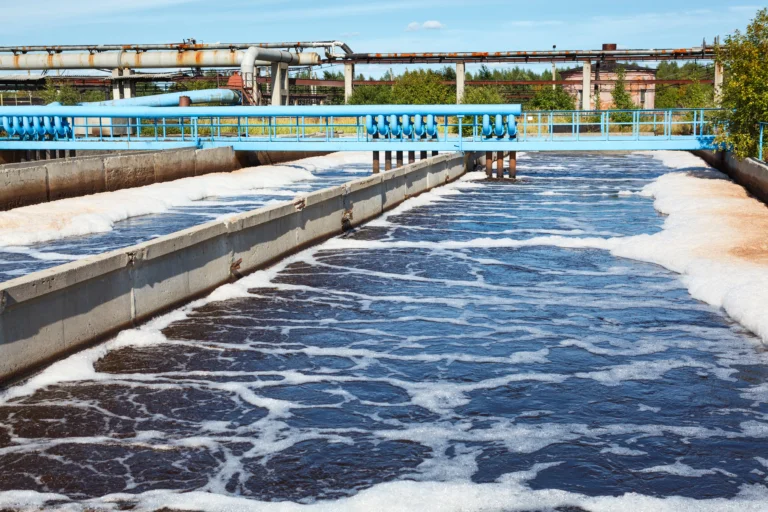
Key Advantages
- Synergistic pollutant removal: Adsorbs toxic/inhibitory compounds (e.g., phenols, dyes), protecting microbes and enabling biodegradation of persistent organics.
- Improved sludge properties: Enhances floc formation, reduces sludge volume index (SVI), and mitigates foaming issues.
- Broad contaminant coverage: Simultaneously removes COD, color, odor, and heavy metals via adsorption and co-precipitation.
- Operational flexibility: Tolerates fluctuations in organic/inorganic loads without compromising effluent quality.
2. Advanced Treatment with Membrane Hybrid Systems
Solution Overview
PAC is integrated into submerged ultrafiltration/membrane bioreactors (MBRs), where it adsorbs dissolved pollutants and reduces membrane fouling, enabling high-efficiency tertiary treatment.
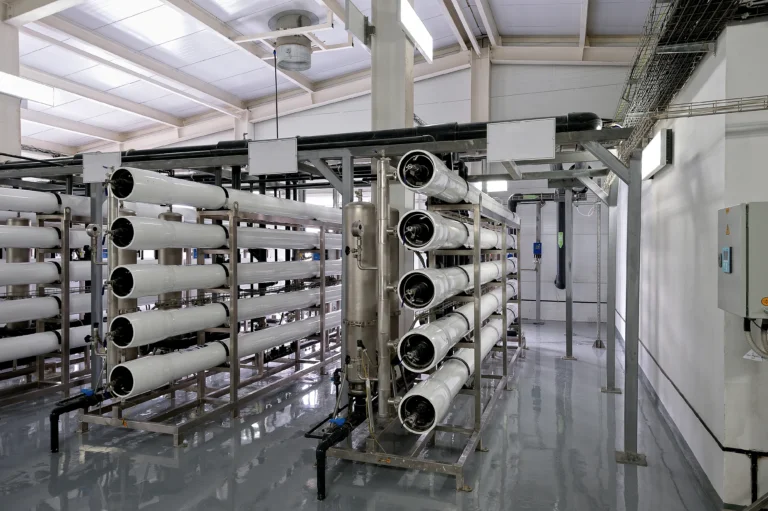
Key Advantages
- Membrane fouling mitigation: Adsorbs foulants (i.e., soluble microbial byproducts), prolonging membrane stability and cleaning frequency.
- Higher removal efficiency: Handles dissolved organics, antibiotics, and micropollutants not treated through biological or physical processes alone.
- Stable operation at high concentration: High PAC concentrations can be maintained in reactors to stabilize adsorption equilibrium while the influent load draws down.
- Salt-tollerance: Successfully treats saline wastewater (e.g., aquaculture) by maintaining stable microbial structure and activities, as well as established sludge properties.
3. Granular Activated Carbon (GAC) Filtration for Reuse
Solution Overview
GAC filters treat secondary effluent as a polishing step, removing trace organics, micropollutants, and pathogens to produce reusable water.
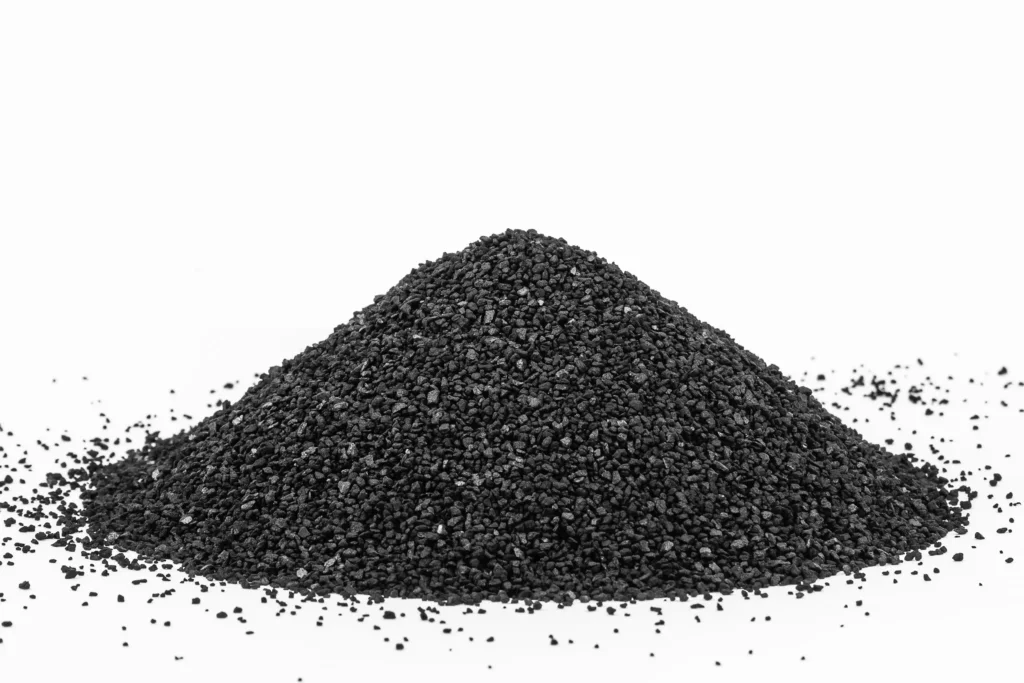
Key Advantages
- Broad-spectrum purification: Eliminates organic micropollutants (e.g., pesticides), heavy metals, antibiotic resistance genes, and pathogens.
- Bio-enhanced functionality: Develops bioactive biofilms for simultaneous adsorption and biodegradation, prolonging carbon life.
- Low-energy operation: Optimized backwashing sequences minimize hydraulic resistance and water waste.
- Disinfection support: Reduces turbidity and organic precursors, improving downstream disinfection efficacy.
4. Specialized Industrial Wastewater Treatment
Solution Overview
Activated carbon (powdered/granular) is used in adsorption columns or as a carrier for microbial immobilization to treat industry-specific pollutants (e.g., heavy metals, cyanide, fluorides).
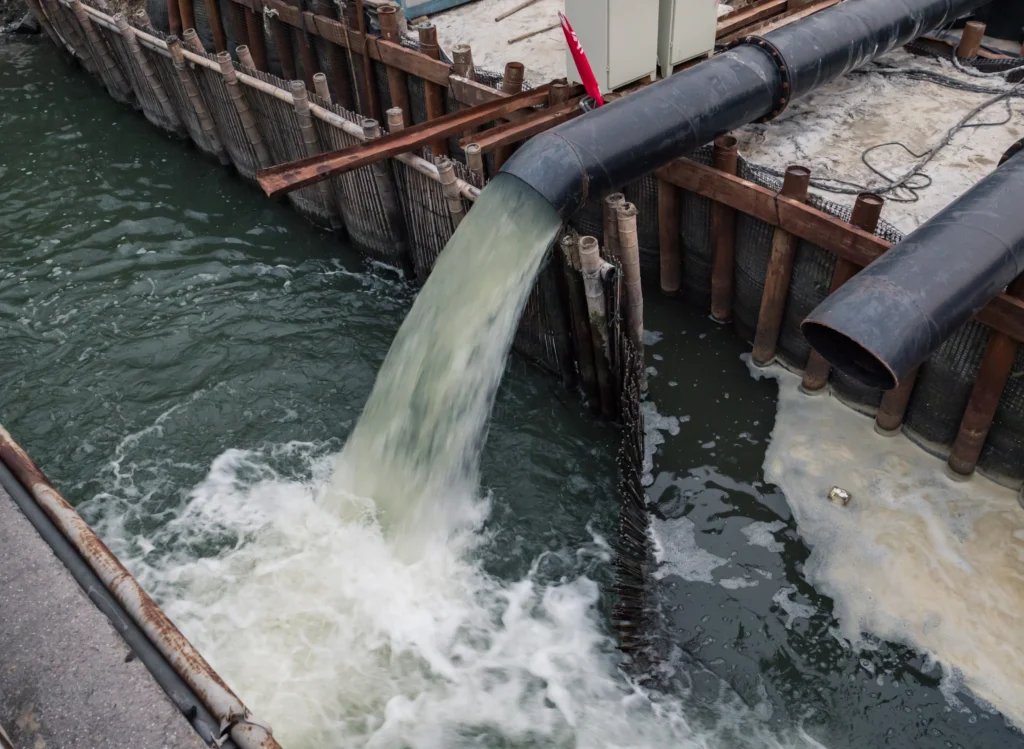
Key Advantages
- Heavy metal sequestration: Adsorbs and immobilizes metals (e.g., Cd, Cu, Ni) via chemisorption and surface complexation.
- Microbial carrier function: Supports specialized microbial consortia for targeted biodegradation (e.g., aluminum-laden mining wastewater).
- Chemical stability: Resists acidic/alkaline conditions in industrial effluents.
- Sludge dewaterability improvement: Loose carbon-bound sludge structure facilitates faster dewatering and reduces chemical dosing.

